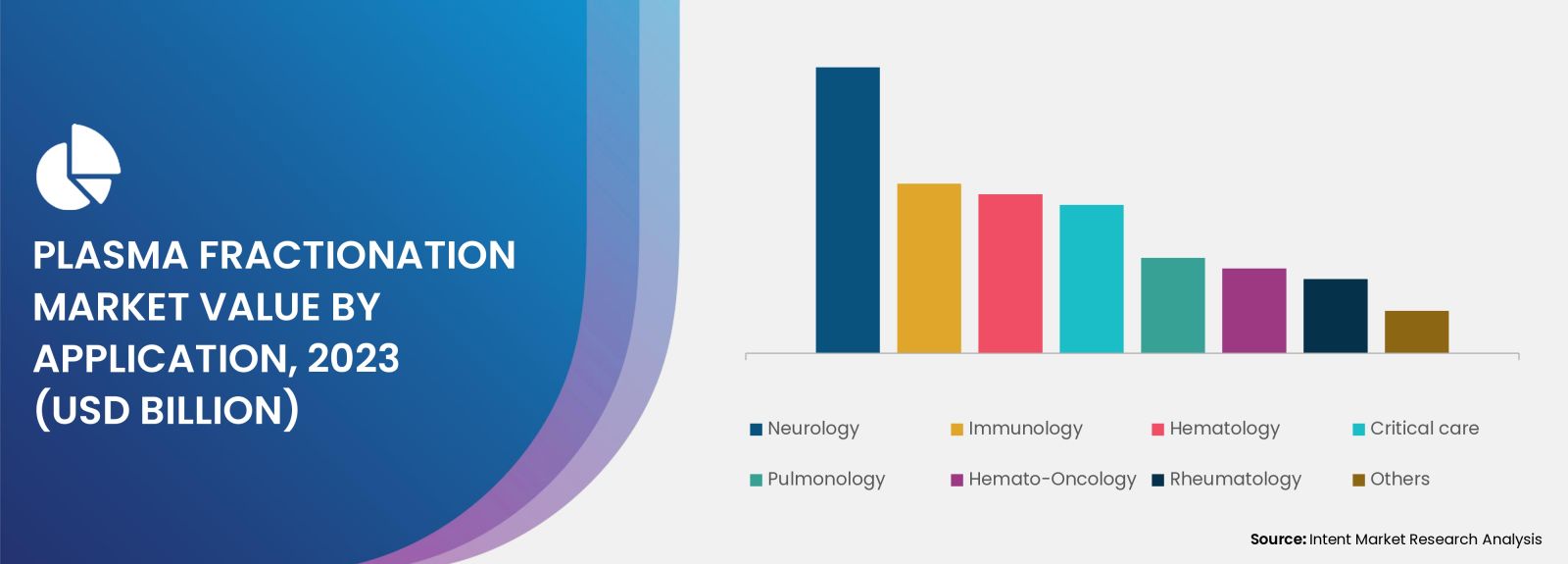Press Releases Details
The Plasma Fractionation Market was at USD 31.7 billion in 2023-e, and is projected to grow at a CAGR of 7.8% through 2030 to reach USD 50.1 billion. Amidst the COVID-19 pandemic, there was an increasing demand for convalescent plasma, particularly as doctors initially turned to convalescent plasma to treat patients affected by the virus. An article published in Frontiers in June 2021 highlighted the widespread global use of convalescent plasma to treat hospitalized COVID-19 patients and prevent disease progression. Studies indicated that transfusions of convalescent plasma led to improved symptomatology and viral clearance, resulting in an increased initial need for plasma fractions to treat COVID-19 patients. With the pandemic abating and fewer infections occurring, the studied market is projected to experience stable growth during the forecast period.
The growing use of immunoglobulins in various therapeutic areas, the growing elderly population alongside an increase in the prevalence of rare diseases, and a rise in the number of plasma collection centers worldwide are projected to drive the market growth. As per October 2022 WHO facts, the global population aged 60 and above is expected to nearly double by 2050, with 80% of the elderly residing in low- and middle-income countries. This demographic is aging rapidly, leading to an anticipated surge in rare diseases worldwide and consequently, an increased adoption of plasma fractionation products, thereby propelling the market growth.
Furthermore, the rising geriatric population, coupled with the escalating burden of rare diseases such as Von Willebrand's disease affecting approximately 1% of the global population, is expected to drive demand for plasma fractionation products, fostering market growth.
The coagulation factors segment, also known as coagulation factor concentrates, experienced growth in 2023 due to advancements in hemostasis technology, leading to the introduction of a diverse range of products to aid clinicians in providing adequate assistance to hemophilic patients. The growth is further fueled by an increase in accidents and trauma cases. A PubMed Central published article indicates that the mortality rate among severely injured trauma patients with coagulation complications is 3 to 4 times higher than those without such complications.
The pulmonology sector is anticipated to witness significant growth during the forecast period 2024-2030. This growth is attributed to the increasing utilization of Intravenous Immunoglobulin (IVIG) in the management of various pulmonary diseases. IVIG is used in pulmonology to treat autoimmune lung diseases such as Idiopathic Pulmonary Fibrosis (IPF) and Interstitial Lung Disease (ILD). By modulating the immune system, IVIG can potentially reduce inflammation and improve lung function.

The plasma fractionation market is characterized by the presence of various small and big players. The major market players include ADMA Biologics, Bharat Serum Vaccines, CSL, Emergent BioSolutions, Grifols, Intas Pharmaceuticals, Japan Blood Products, Kamada, Kedrion, LFB, Octapharma, Prothya Biosolutions, Sanquin, SK Plasma, Takeda Pharmaceutical amongst others.
In a competitive market landscape, players are swiftly embracing advanced technologies to enhance the plasma fractionation market and bolster their competitive stance through strategic initiatives, including mergers, acquisitions, and introducing new products. For instance, in September 2022, Kedrion Biopharma and Bio Products Laboratory joined forces to establish a global entity specializing in medicinal products derived from human blood plasma. This collaboration aims to address the needs of patients facing rare and life-threatening conditions, enhancing their access to vital treatments.
TRENDING REPORTS
